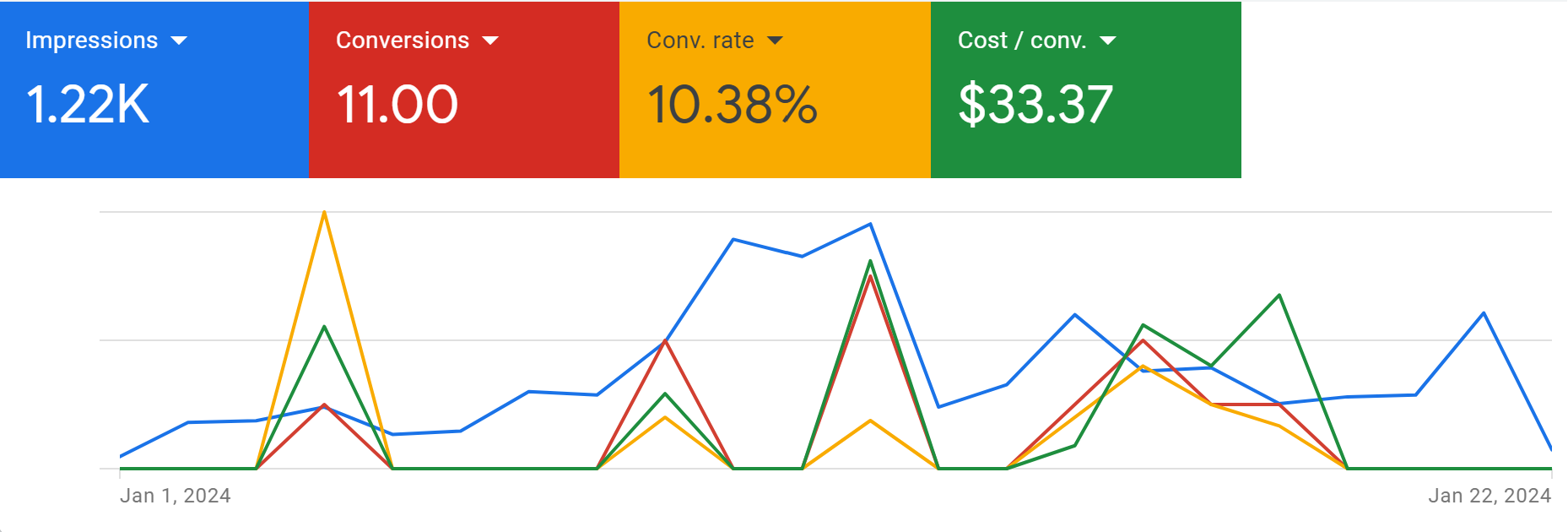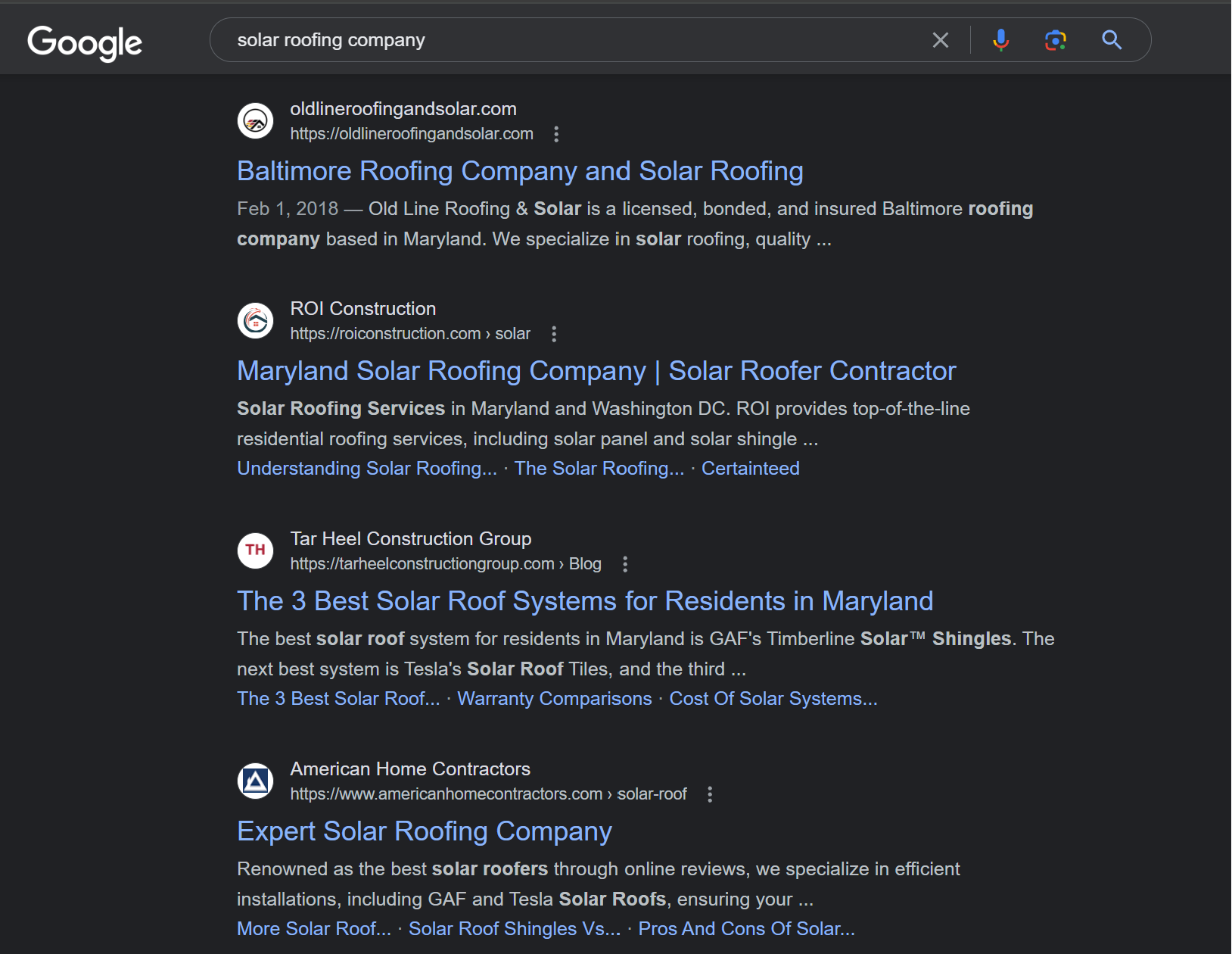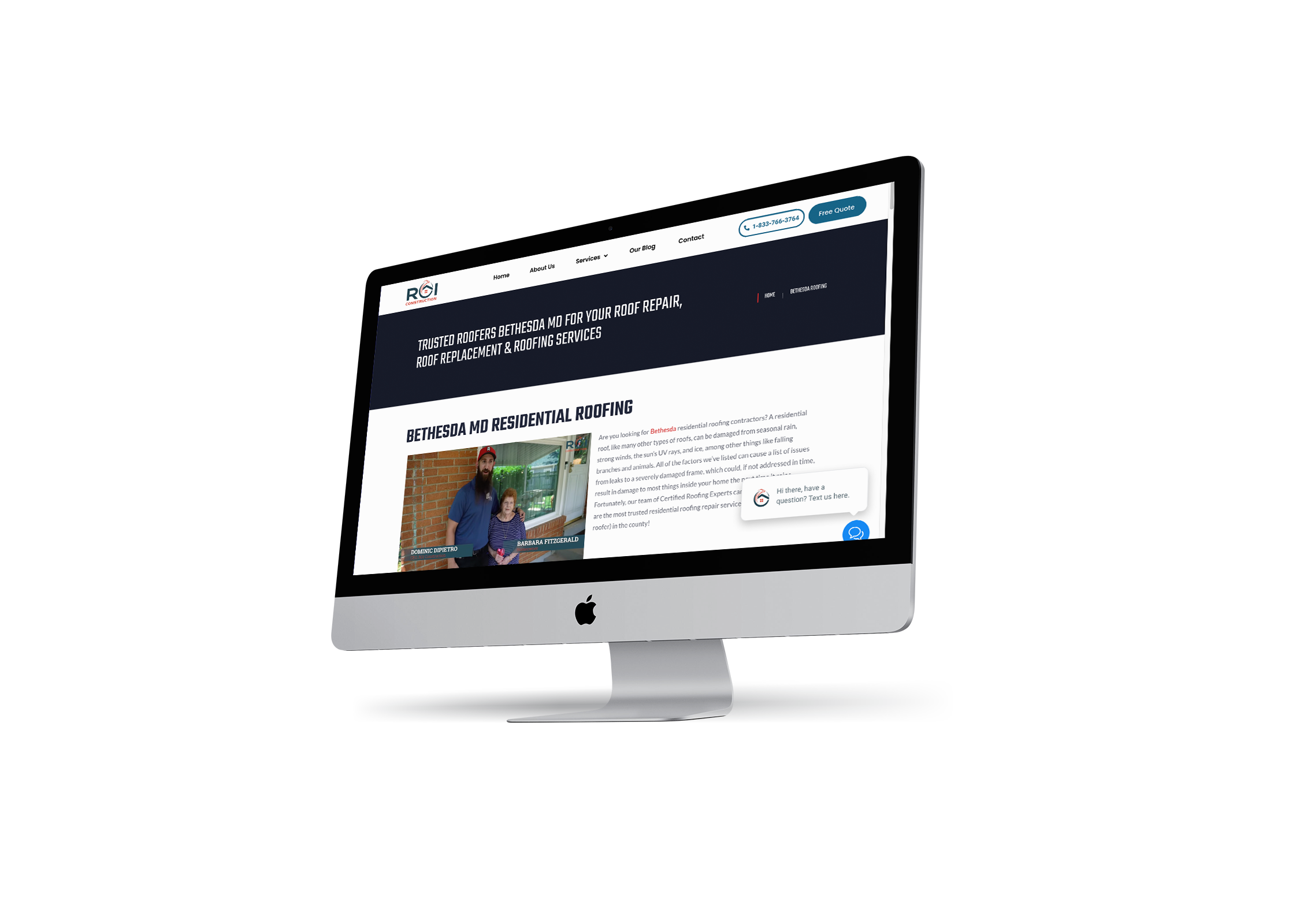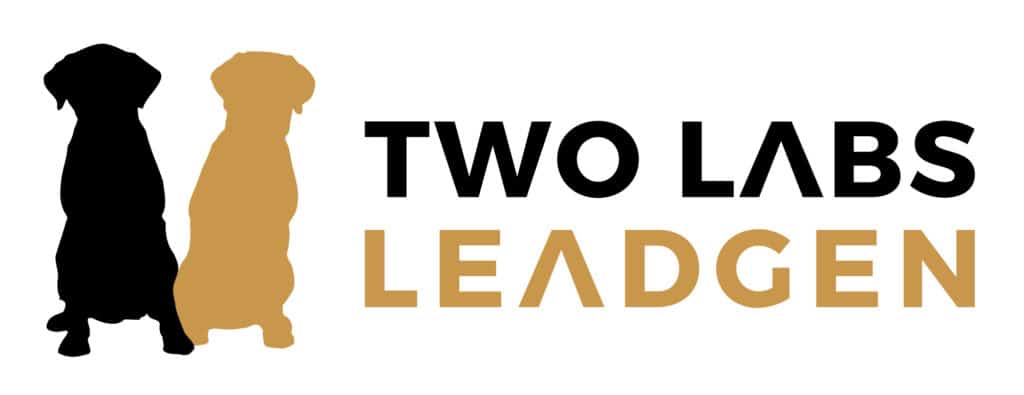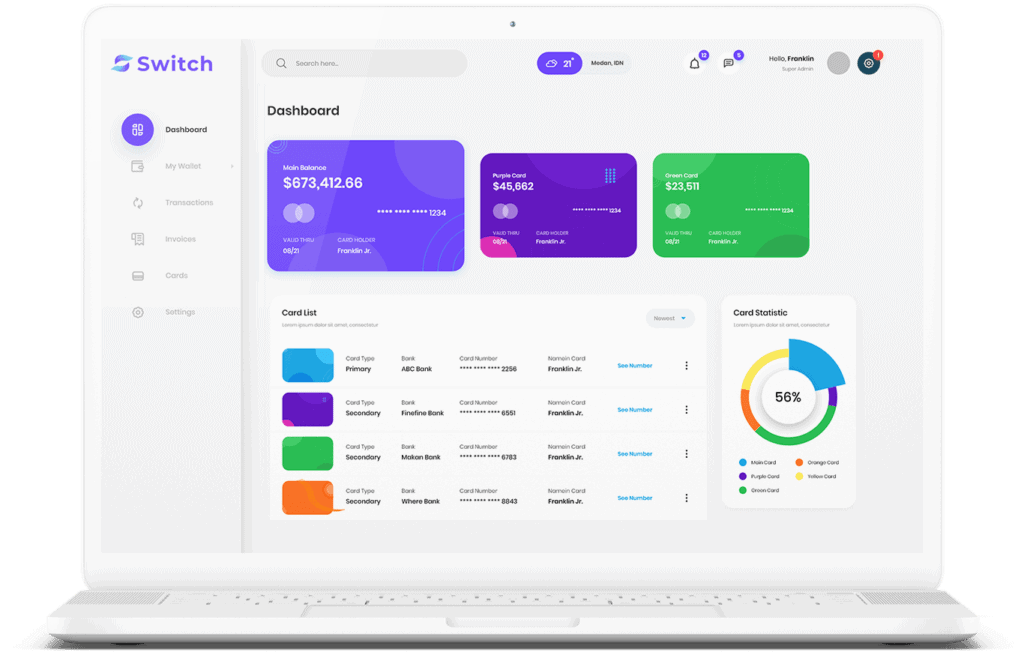We’ve got the inside scoop on how to boost your small business’s online visibility! In this article, we’ll share effective strategies for improving on-page SEO. From keyword optimization to metadata strategies, we’ve got you covered. We’ll also show you how to enhance internal linking and optimize images for better SEO performance. Plus, we’ll provide tips for boosting website speed. Get ready to take your small business’s on-page search engine optimization to the next level with our expert advice!
Understanding On-Page SEO for Small Businesses
In this section, we’ll delve into the key aspects of on-page SEO that small businesses need to understand. One important aspect is the importance of mobile optimization. With the increasing use of smartphones and tablets, it is crucial for small businesses to ensure that their websites are mobile-friendly. This means designing responsive websites that load quickly and are easy to navigate on mobile devices. Another important aspect is utilizing structured data for improved search visibility. By implementing structured data markup, small businesses can provide search engines with additional information about their website content, helping to improve their rankings and visibility in search results. Now that we understand the importance of mobile optimization and structured data, let’s move on to implementing keyword optimization techniques in the next section.
Implementing Keyword Optimization Techniques
Let’s explore how we can effectively implement keyword optimization techniques to improve on-page SEO for small businesses. Keyword optimization plays a crucial role in driving organic traffic to your website. To start, conduct thorough keyword research to identify relevant keywords and phrases that your target audience is searching for. This will help you understand what keywords to target in your content creation efforts. When creating content, make sure to strategically incorporate these keywords in your titles, headings, meta descriptions, and throughout the body of your text. However, it’s important to maintain a natural flow and avoid keyword stuffing, as search engines prioritize quality content. By optimizing your website with relevant keywords, you can improve your search engine rankings and attract more organic traffic to your small business website.
Carrying Out Metadata Optimization Strategies
We can effectively improve our on-page SEO for small businesses by carrying out metadata optimization strategies. Metadata analysis and competitor research play a crucial role in optimizing our website’s metadata. Here are four strategies to consider:
- Title Tags: Craft compelling and keyword-rich title tags that accurately describe the content of each page.
- Meta Descriptions: Write concise and persuasive meta descriptions that entice users to click through to our website.
- Header Tags: Utilize header tags (H1, H2, etc.) to structure our content and make it more readable for both users and search engines.
- Image Alt Text: Optimize image alt text by including relevant keywords and describing the image accurately.
Ensuring Effective Internal Linking for SEO
When it comes to ensuring effective internal linking for SEO, there are a few key points to keep in mind. Firstly, optimizing anchor text is crucial in order to provide clear context and relevance to search engines. Secondly, linking to relevant and related content can help improve the user experience and increase the credibility of your website. Lastly, it’s important to avoid excessive link density, as this can appear spammy and negatively impact your SEO efforts.
Anchor Text Optimization
The anchor text optimization plays a crucial role in ensuring effective internal linking for SEO. By improving anchor text relevance and implementing anchor text diversity strategies, small businesses can enhance their on-page SEO efforts. Here are four key points to consider:
- Relevance: Choose anchor text that accurately describes the linked page’s content. This helps search engines understand the context and improves the user experience.
- Keyword variation: Avoid using the same anchor text for multiple internal links. Instead, use variations of relevant keywords to signal to search engines the different topics and content on your website.
- Natural language: Opt for natural-sounding anchor text that blends seamlessly within the surrounding text. Avoid using generic phrases or excessive keyword stuffing.
- External linking: Include external links from authoritative sources to provide additional value and credibility to your content. This can improve your website’s SEO and user experience.
Link Relevancy Importance
To ensure effective internal linking for SEO, it is important to understand the link relevancy and how it impacts the overall on-page optimization efforts. Link relevancy refers to the relevance of the anchor text and the content of the linked pages. When creating internal links, it is crucial to use anchor text that is descriptive and relevant to the linked page’s content. This helps search engines understand the context of the link and improves the user experience. Link building strategies should focus on creating internal links that are natural and relevant to the content being linked. Backlink analysis can help identify opportunities for internal linking by finding pages with high authority and relevance. By incorporating link relevancy in internal linking, small businesses can improve their on-page SEO efforts and enhance the visibility and ranking of their website.
Avoiding Excessive Link Density
We need to ensure that our internal linking for SEO has an appropriate link density to avoid overwhelming the page with excessive links. Maintaining a balanced link density is crucial for a well-optimized website. Here are four key points to consider when implementing internal links:
- Strategic placement: Place internal links naturally within the content to provide additional value to readers and guide them to relevant pages.
- Link relevance: Ensure that the linked pages are related to the anchor text and the content. This helps search engines understand the context and relevance of the linked pages.
- Link quantity: Avoid overdoing internal links, as excessive links can be seen as spammy by search engines. Focus on quality over quantity.
- Diverse anchor text: Use a variety of anchor text to improve SEO. This helps search engines understand the content and relevance of the linked pages.
Optimizing Images for Better On-Page SEO
When optimizing images for better on-page SEO, we should focus on using relevant keywords in the file names and alt tags. This is important because search engines rely on these elements to understand what the image is about. First, it is crucial to compress images to reduce their file size without compromising quality. This improves website loading speed, which is a ranking factor for search engines. Additionally, optimizing the alt text is essential. Alt text provides a description of the image for visually impaired users and search engines. Including relevant keywords in the alt text helps search engines understand the content and context of the image. By implementing these practices, small businesses can enhance their on-page SEO and improve their website’s visibility in search engine results.
Boosting Website Speed for Improved SEO Performance
By optimizing website speed, we can greatly improve our SEO performance. A slow-loading website can lead to a poor user experience and lower search engine rankings. To boost website speed and enhance SEO performance, consider the following:
- Optimize images: Compress images to reduce file size without sacrificing quality. Use the appropriate image format (JPEG for photographs, PNG for graphics).
- Enable browser caching: Set expiration dates for static resources, allowing browsers to store them locally and reduce load time for returning visitors.
- Minify code: Remove unnecessary characters, such as spaces and line breaks, from HTML, CSS, and JavaScript files to reduce their size and improve load times.
- Improve server response time: Optimize server configuration, minimize redirects, and use a reliable hosting provider to ensure fast server response times.
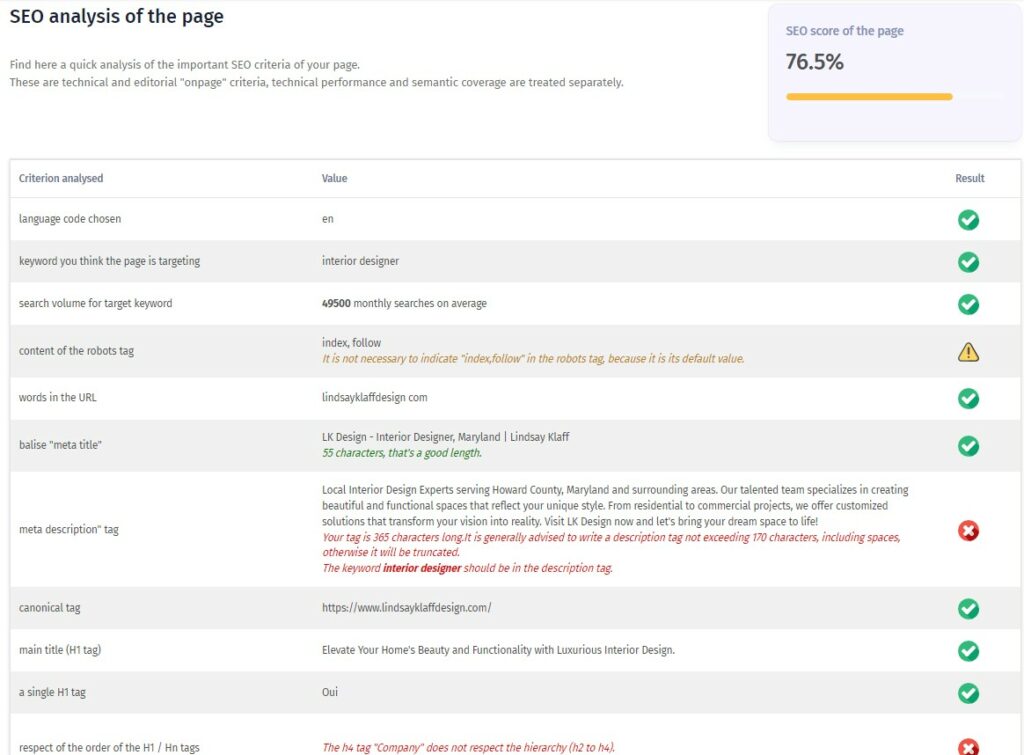
Best Practices for On-Page SEO in Small Business Websites
When it comes to on-page SEO for small business websites, there are several best practices that can help improve search engine rankings. First, it’s important to optimize your keywords and content by conducting thorough keyword research and incorporating relevant keywords naturally throughout your website. Secondly, meta tags and descriptions should be optimized to accurately describe each page’s content and entice users to click. Lastly, a user-friendly website design that is easy to navigate and provides a positive user experience is crucial for both SEO and overall customer satisfaction.
Keywords and Content
As we delve into the topic of keywords and content, it is important to understand the best practices for on-page SEO in small business websites. A solid content strategy is crucial for optimizing your website’s visibility in search engine results. Here are some key points to keep in mind:
- Conduct thorough keyword research to identify relevant and high-performing keywords that align with your business and target audience.
- Create high-quality, informative, and engaging content that incorporates these keywords naturally.
- Optimize your content by strategically placing keywords in titles, headings, and throughout the body.
- Regularly update and refresh your content to ensure its relevance and appeal to both search engines and users.
Meta Tags and Descriptions
Let’s explore the importance of meta tags and descriptions in optimizing on-page SEO for small business websites. Meta tags and descriptions play a crucial role in improving website rankings. These elements provide search engines with information about the content and purpose of your web pages. By optimizing your meta tags and descriptions, you can increase your chances of appearing in relevant search results.
To optimize your meta tags and descriptions for better on-page SEO, start by including relevant keywords that accurately describe the content of your web page. Use concise and engaging language that entices users to click on your website. Ensure that your meta tags and descriptions are unique for each page, avoiding duplicate content. Additionally, make sure your meta tags and descriptions align with the overall theme and purpose of your website.
User-Friendly Website Design
We should prioritize creating a user-friendly website design that enhances the on-page SEO of our small business websites. A user-friendly design not only improves the overall user experience but also helps search engines understand and index our website more effectively. Here are some best practices for user-friendly website design that contribute to on-page SEO:
- Responsive design: Ensure that our website is mobile-friendly and adjusts seamlessly to different screen sizes and devices. This is important as search engines prioritize mobile-friendly websites in their rankings.
- Clear navigation: Make sure our website has a clear and intuitive navigation menu that allows users to easily find the information they are looking for. This not only improves user experience but also helps search engines crawl and index our website effectively.
- Fast loading speed: Optimize our website’s loading speed to prevent users from getting frustrated and leaving. Search engines also consider page loading speed as a ranking factor.
- Readable content: Use clear and legible fonts, appropriate font sizes, and proper formatting to make our content easy to read. This improves user experience and encourages users to spend more time on our website.
Frequently Asked Questions
How Can I Measure the Effectiveness of My On-Page SEO Efforts for My Small Business Website?
To track on-page SEO progress for our small business website, we should follow best practices for measurement. This ensures effectiveness and allows us to gauge the success of our efforts in improving on-page SEO.
Are There Any Specific Tools or Software That Can Help Me With On-Page SEO for My Small Business Website?
There are a variety of SEO tools and software available to help small businesses improve their on-page SEO. By following best practices and utilizing these tools, we can optimize our website for better search engine rankings.
How Often Should I Update and Optimize the Metadata on My Small Business Website?
We update and optimize our metadata on our small business website regularly to ensure we are effectively optimizing our content and improving website speed. It’s important to stay up-to-date with these practices to maintain a competitive online presence.
Can You Provide Some Tips on How to Choose the Right Keywords for My Small Business Website’s On-Page Seo?
Choosing the right keywords for on-page SEO on small business websites is crucial. We’ll provide tips on how to effectively optimize content for on-page SEO, helping your website rank higher and attract more traffic.
What Are Some Common Mistakes to Avoid When Optimizing Images for On-Page SEO on My Small Business Website?
When optimizing images for on-page SEO on small business websites, it’s important to avoid common mistakes. Additionally, effectively using alt text for image optimization is crucial.
Conclusion
In conclusion, implementing effective on-page SEO techniques is crucial for small businesses to improve their online visibility and attract more organic traffic. By optimizing keywords, metadata, internal linking, and images, businesses can enhance their website’s performance and user experience. Additionally, boosting website speed is essential for better SEO results. By following these best practices, small businesses can maximize their online presence and compete effectively in the digital landscape. Start implementing these strategies today and watch your website climb the search engine rankings!
